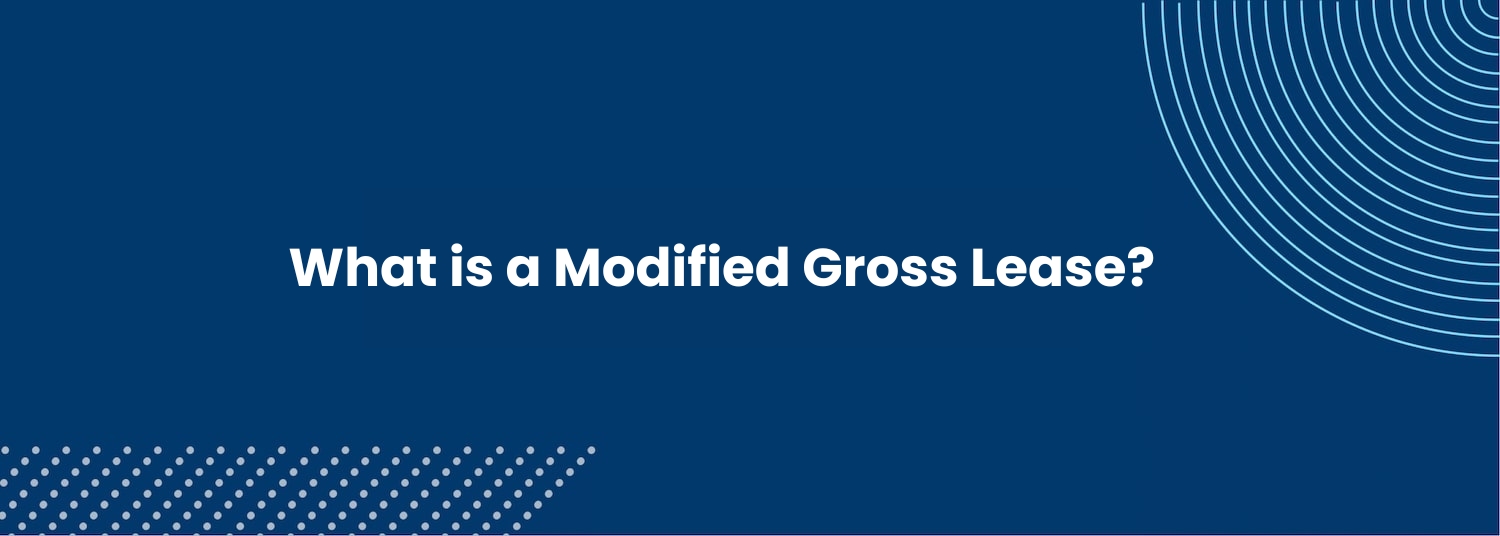A Modified Gross Lease, the tenant pays a base rent and then takes on a proportional share of other costs associated with the property. Typically, this includes utilities, insurance, property taxes, and maintenance and cleaning of common areas. However, in a modified gross lease, the landlord may continue to take on most maintenance expenses, such as landscaping and exterior upkeep. The modified gross lease definition includes a wide variety of leases where each party agrees to pay for different things.
Modified gross leases are most common for office buildings. They should not be confused with a gross lease, where the landlord pays all expenses, and a net lease, where the tenant pays all expenses. (Net leases are most common for standalone buildings such as restaurants).
What kind of building is suited to a modified gross lease?
Modified gross leases are better for multi-occupancy buildings such as office buildings. They are useful for buildings that only have one electricity and/or water meter. Tenants can pay equally or the expenses can be split by square footage.
Which expenses should be passed on to the tenant?
This is established in the lease and can vary widely. In some cases, it may just be utilities. In others, tenants may take responsibility for insurance and taxes as well. Most landlords prefer to keep the majority of maintenance expenses as this allows you to control the appearance of the building. This allows for flexibility and negotiation.
What are the disadvantages of a modified gross lease?
Modified gross leases can result in a less predictable income stream and are often less attractive to investors than net leases. It’s also easy to undervalue the operating costs and charge too little in rent.
